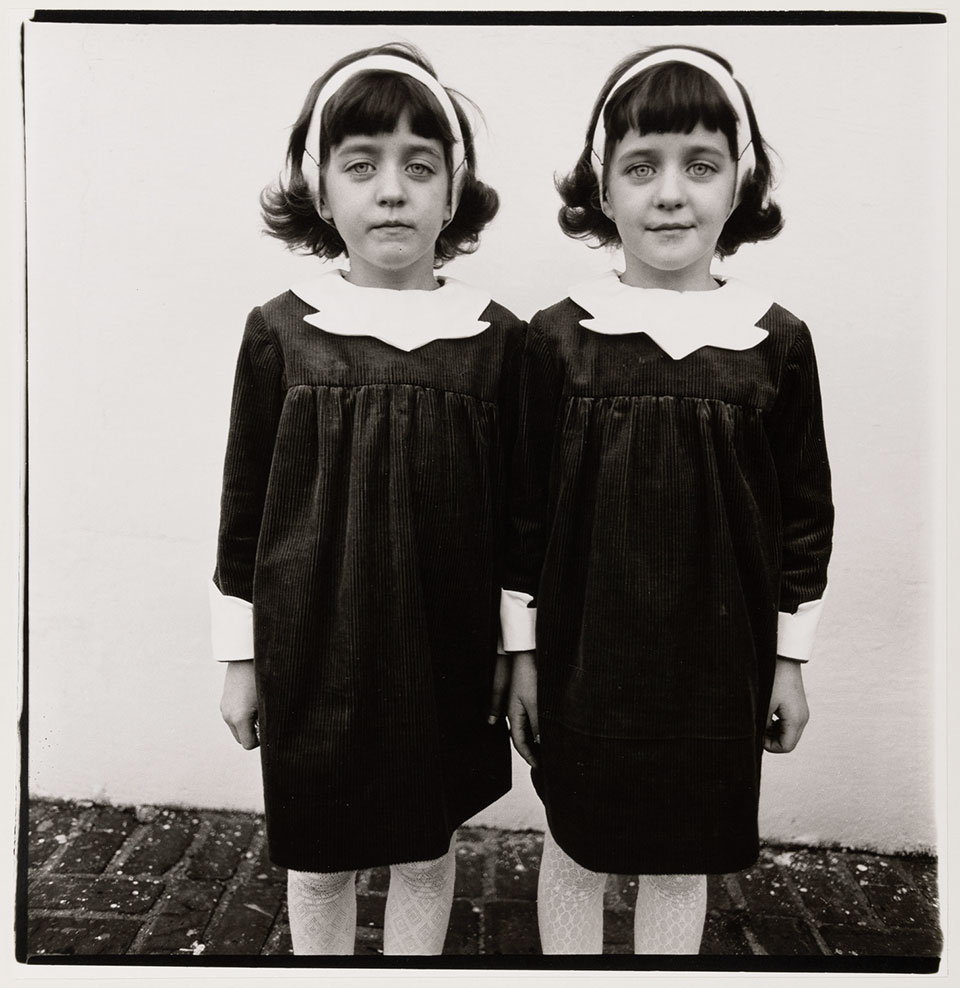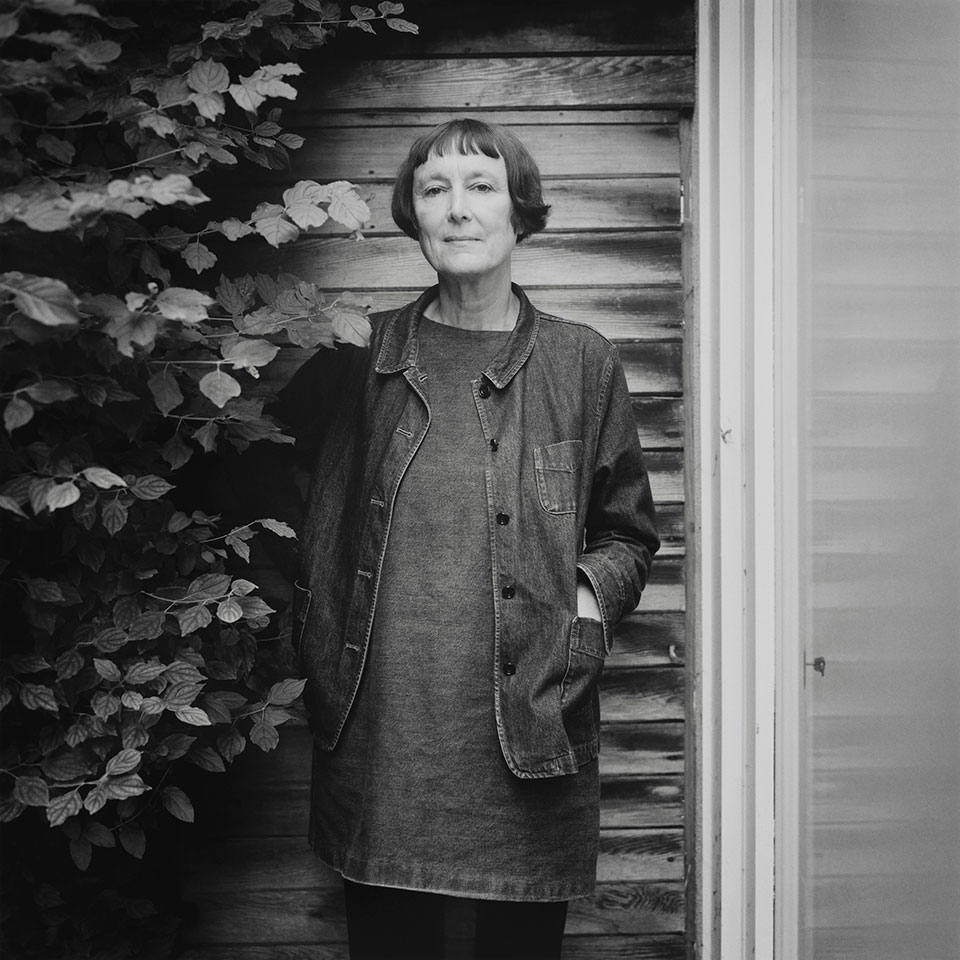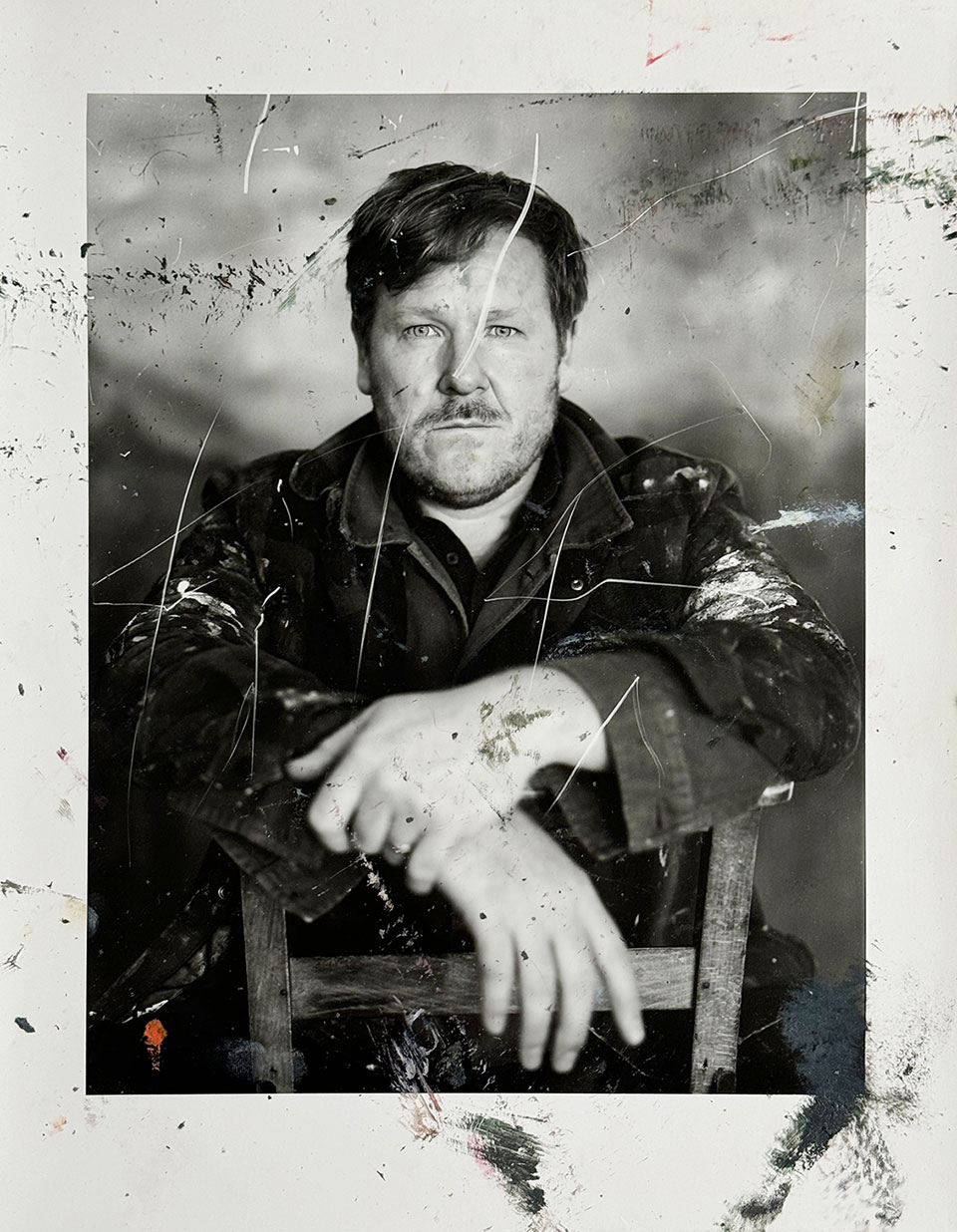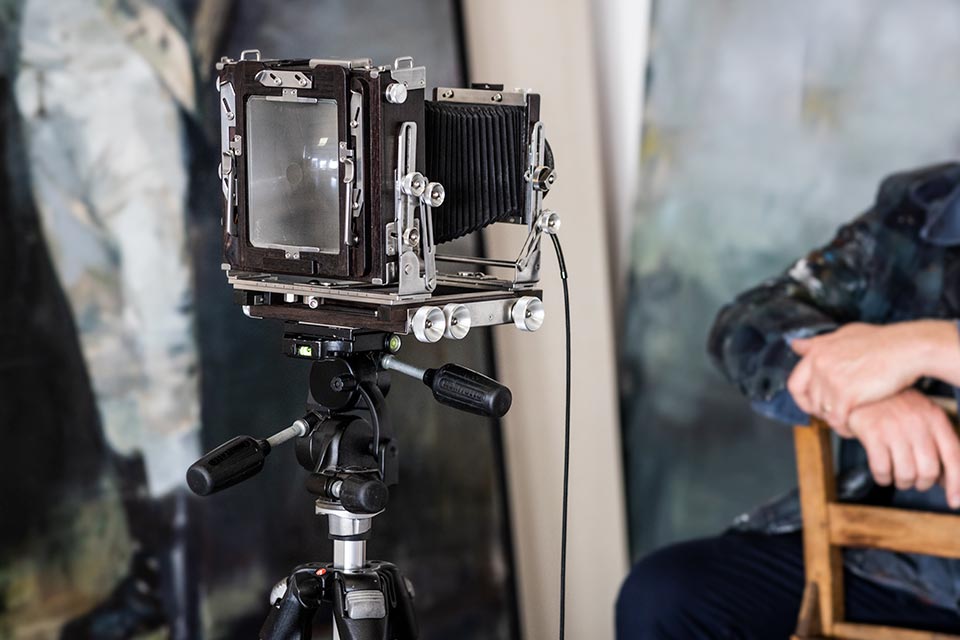My Inspiration and Influences as a Portrait Photographer
When I first began to produce work as portrait photographer, one name that captured my attention was Diane Arbus. Her direct, unflinching, sometimes provocative, and deeply human work stood out as a striking departure from conventional portraiture. Studying her images during my early years as a photographer, I was drawn to the honesty and raw emotion she brought to her subjects. Arbus dared to photograph people on the fringes of society, illuminating their individuality with openness and empathy.
Diane Arbus’s Unique Approach
Arbus was renowned for her ability to connect with her subjects on a deeply personal level. Whether photographing circus performers, artists, or people on the streets, her work radiated an authenticity that invited viewers to reconsider their expectations of what can make an effective portrait. Arbus’s photographs often feature her subjects staring directly into the camera, their gazes meeting the viewer with startling immediacy. This approach fostered a sense of intimacy and mutual respect between the portrait photographer and her subjects.

Diane Arbus, A young man in curlers at home on West 20th Street, N.Y.C. (1966)
One of her most iconic images, Identical Twins, Roselle, New Jersey (1966), exemplifies her uncanny ability to blend the familiar with the unsettling. The photograph’s composition, with the twins posed symmetrically against a plain backdrop, evokes a sense of both harmony and unease. This duality became a hallmark of Arbus’s work and a constant source of fascination for me.

Diane Arbus, Identical Twins, Roselle, New Jersey (1966)
Lessons for Commercial Portrait Photography
Diane Arbus taught me to embrace the complexities of humanity in my own photographic practice. While Arbus’s work delved into unconventional subjects, her commitment to capturing authentic emotion is a principle that resonates in commercial portrait photography as well. Working as a commercial portrait photographer in London, I strive to bring a similar sense of honesty and connection to my portraits.

A portrait of the artist Cornelia Parker by Richard Boll.
In my own work, such as my series of portraits of artists, I aim to reflect the unique character of each subject. For example, my portrait of London-based artist Cornelia Parker captures her character through a combination of effective composition and candid expression. Another portrait, featuring the artist Jake Wood-Evans, features the artist with a direct and unflinching look to the camera while revealing the thoughtful intensity of his creative process. This portrait was left on the floor of the studio of the painter in order to develop a “history” of marks.

A portrait of the artist Jake Wood-Evans by Richard Boll.
Who Was Diane Arbus?

Born Diane Nemerov on March 14, 1923, in New York City, Arbus grew up in a privileged environment but was drawn to the complexities of life outside her immediate world. After working in commercial photography with her husband, Allan Arbus, she found her true calling in the 1950s when she began pursuing personal projects that focused on the human condition. Her career gained momentum in the 1960s, as her work was published in prominent magazines and exhibited in galleries. Arbus’s style was shaped by her preference for square-format cameras and predominantly natural lighting. She often worked in close proximity to her subjects, creating an atmosphere of trust that allowed her to capture their essence. Her images, while sometimes controversial, challenged conventional ideas of beauty in portraiture, paving the way for future generations of photographers to explore similar themes.
Legacy and Lessons from Arbus Diane Arbus’s contribution to the art of photography lies not only in her technical skill but also in her courage to confront uncomfortable truths. Her work reminds me that photography is not just about aesthetics; it is also about empathy, connection, and the willingness to see the world through another’s eyes. As a commercial photographer in London, I strive to incorporate these values into my practice by creating portraits that are not only visually striking but also emotionally engaging.
Arbus’s legacy is a testament to the power of vulnerability and authenticity in art. Her images continue to challenge and inspire, urging photographers like me to approach our subjects with honesty and respect. Whether through her stark portrayal of human fragility or her celebration of individuality, Diane Arbus redefined what it means to create meaningful portraiture. Tragically Arbus took her own life on the 26th of July, 1971. Her work continues to significantly influence the work of many photographers.
To explore more of Diane Arbus’s extraordinary work, visit collections of her work such as that at the Museum of Modern Art in New York or look out for exhibitions dedicated to her groundbreaking photography. For examples of how her principles translate into modern commercial photography, you can explore my portraiture portfolio at Richard Boll Photography, where I aim to blend technical precision with a genuine connection.
Get in touch to commission a portrait photography shoot.

